Mother Shares Warning Signs After Son’s Battle With Rare and Aggressive Brain Tumor
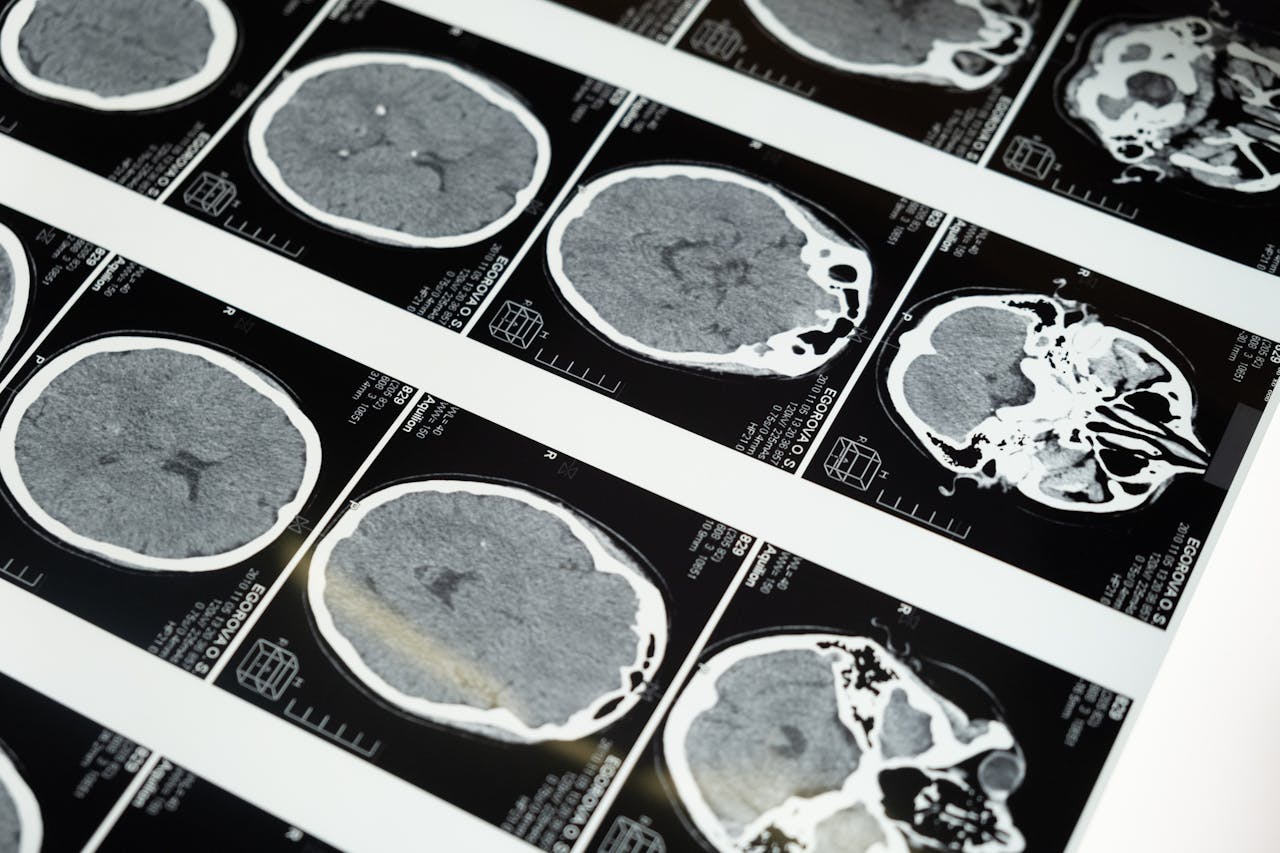
When Brody Huber told his parents he had a persistent headache during a family camping trip, his mother, Tina Huber, sensed something was deeply off. He was just thirteen, healthy, active, and full of life. What followed was a catastrophic diagnosis, a form of brain tumour so aggressive it was called one of the worst cancers known to doctors. According to Tina, the first signs were so subtle they could easily have been brushed off as normal teenage complaints. But within months, their world was turned upside down.
As the weeks went by, Tina recalled how Brody’s energy began to fade. He no longer laughed as much, often choosing to rest instead of playing outside with his friends. It was not just exhaustion that worried her, but a quiet change in his personality, a kind of subdued stillness that felt unnatural for a boy his age. She wondered if it was a sign of adolescence or something more.
On the day they finally decided to take him to the hospital, Brody had been experiencing more severe headaches accompanied by dizziness. His father noticed that he was struggling to keep his balance, almost as if his legs could not keep up with him. When tests revealed abnormalities in his brain, the family’s worst fears became a reality. It was the start of a journey filled with uncertainty, fear, and a mother’s unbreakable resolve to fight for her child.
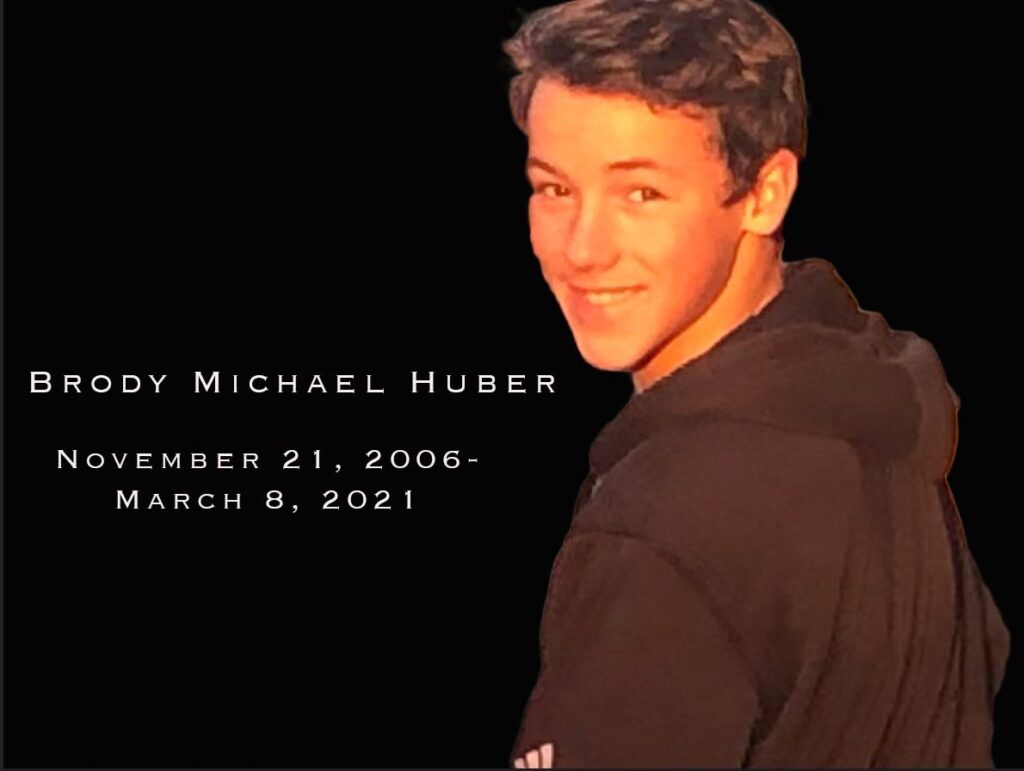
A Normal Teenager With Subtle Symptoms
Brody had always been an energetic boy, passionate about basketball, camping, and spending time with his friends. That summer, his mother noticed that he seemed more tired than usual. He began complaining about headaches that did not go away even after rest or over-the-counter medication. At first, Tina thought it might be dehydration or stress from school. However, when Brody started experiencing balance problems and changes in his vision, alarm bells started ringing.
According to Tina, her son’s symptoms began gradually and then intensified within a few weeks. He started having trouble focusing his eyes and complained of double vision. There were also moments when he seemed off-balance, which led his parents to think it might be an ear infection or vertigo. Unfortunately, these were early indicators of something far more severe. After several medical consultations and scans, the diagnosis was revealed: Diffuse Intrinsic Pontine Glioma, commonly known as DIPG.
The news shattered the family. Doctors explained that DIPG was an extremely aggressive brain tumour that primarily affects children and that it had no cure. The tumour forms in the brain stem, the part that controls breathing, heart rate, and movement. Because of its location, it is impossible to remove surgically, leaving families like the Hubers with few options beyond limited radiation therapy.
The diagnosis was a moment that changed everything for the Hubers, marking the beginning of an emotional and medical battle they never imagined facing. Tina recalls that in the days following the diagnosis, she found herself searching endlessly for hope, reading about every possible treatment and clinical trial. Though the odds were against them, the family resolved to stay strong for Brody, cherishing every small moment of laughter and love. From that point on, every day became a fight not just against the disease, but for the simple joy of being together.
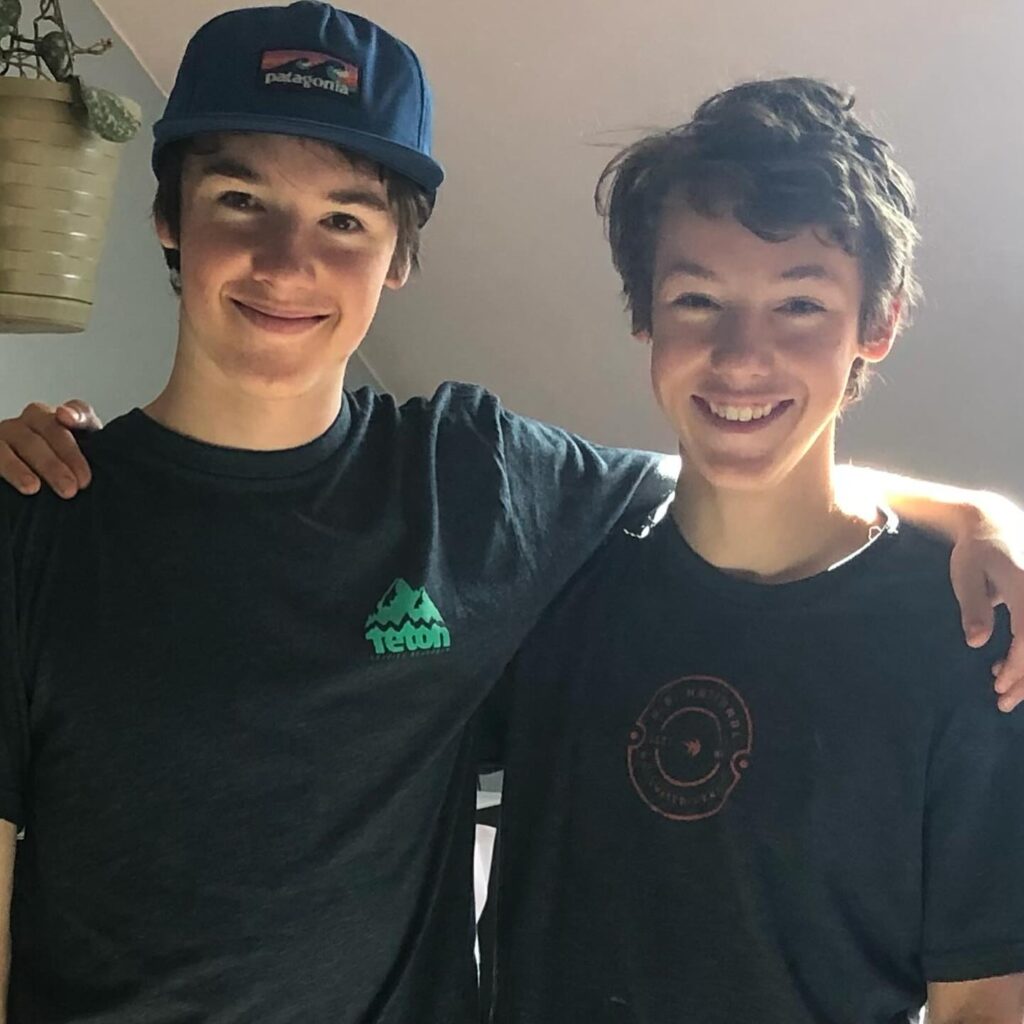
The Diagnosis That Changed Everything
When the doctor told Tina and her husband that Brody had DIPG, their lives changed forever. They were informed that the average survival rate for children diagnosed with this condition was only nine to twelve months. Brody, who had just turned thirteen, was given a devastating prognosis: there was nothing doctors could do to stop the tumour. Radiation might slow it temporarily, but it would eventually progress.
Tina remembers sitting in the hospital room, holding her son’s hand as the doctor explained what DIPG meant. She could barely comprehend the words. In a desperate attempt to save him, the family explored every option available, from clinical trials to alternative treatments. However, the medical team remained honest that the disease was relentless. Brody underwent radiation therapy, which offered temporary improvement, but the symptoms soon returned.
Within a few months, Brody’s condition deteriorated. He lost the ability to walk unassisted and later began struggling to speak. Despite the pain and fatigue, his mother says he continued to smile, watch movies, and play video games when he could. His courage became a source of strength for everyone around him, including hospital staff who grew close to the family.
As time went on, the family learned to find beauty in the smallest moments. Tina recalls sitting by Brody’s bedside, reading his favorite stories aloud while he listened quietly, occasionally flashing a gentle smile. Even in the face of unimaginable pain, his spirit remained bright, reminding everyone around him what true courage and love look like.
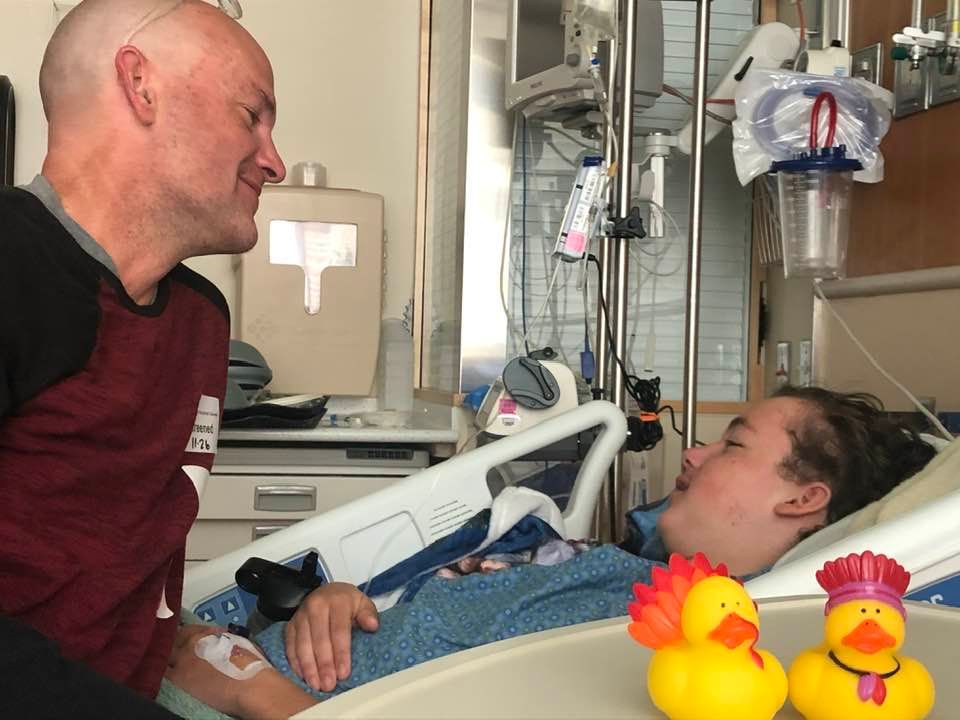
A Mother’s Mission to Raise Awareness
Following her son’s passing, Tina Huber has made it her mission to share Brody’s story to help other families recognize the early symptoms of DIPG. She believes that awareness can save lives or at least give parents a fighting chance to seek help sooner. According to Tina, the earliest warning signs included headaches that persisted for weeks, subtle changes in balance, and visual disturbances.
She also warns that many families, like hers, initially mistake these symptoms for more common conditions. It is only after the symptoms progress that the gravity of the illness becomes clear. Tina hopes that by speaking publicly, she can empower other parents to push for advanced medical imaging when something feels wrong. Her message is simple: never ignore your intuition when it comes to your child’s health.
Brody’s story has resonated deeply across social media, with parents, teachers, and doctors sharing her posts to spread awareness about DIPG. The Hubers have also launched a foundation in Brody’s name to fund pediatric cancer research and support families going through similar tragedies. Tina says that although nothing can replace her son, she finds solace in knowing that his story may help others.

Understanding DIPG: The Silent Killer
Diffuse Intrinsic Pontine Glioma is considered one of the most devastating childhood cancers. According to experts, only a few hundred children worldwide are diagnosed each year, and survival rates remain tragically low. Because the tumour grows in the brain stem, it cannot be operated on without causing fatal damage. Even advanced treatments such as chemotherapy have limited effectiveness due to the blood-brain barrier, which prevents drugs from reaching the tumour cells.
Dr. Susan Chang, a neuro-oncologist at the University of California, explains that DIPG research has historically received less funding compared to more common cancers. However, cases like Brody’s have reignited public interest in improving treatment options. Experimental gene therapies and new radiation approaches are currently being studied, offering a glimmer of hope for future patients.
In recent years, awareness campaigns and parental advocacy have played a major role in pushing for more research funding. Tina’s openness in sharing her son’s final months contributes to that movement, shedding light on a disease that many people had never heard of until it affected their families directly.
Finding Strength Through Grief
For Tina, losing her son was an unimaginable heartbreak. Yet, her strength in the aftermath has inspired thousands. She has spoken publicly about how she manages her grief, often describing it as a daily process rather than something that can be overcome. Through community events, online awareness campaigns, and fundraisers, she continues to honour Brody’s memory.
Friends describe Tina as a beacon of hope for other grieving parents. She says her son’s bravery motivates her to live with purpose and kindness, even in the face of loss. Every year on Brody’s birthday, the family gathers to celebrate his life by releasing balloons and sharing stories about his laughter, his compassion, and his love for sports.
Tina’s message to other parents is heartfelt and powerful. She urges families to cherish every moment, to listen closely to their children, and to never dismiss symptoms that seem unusual. She believes that while science continues to search for a cure, love, awareness, and persistence remain humanity’s strongest weapons against tragedy.
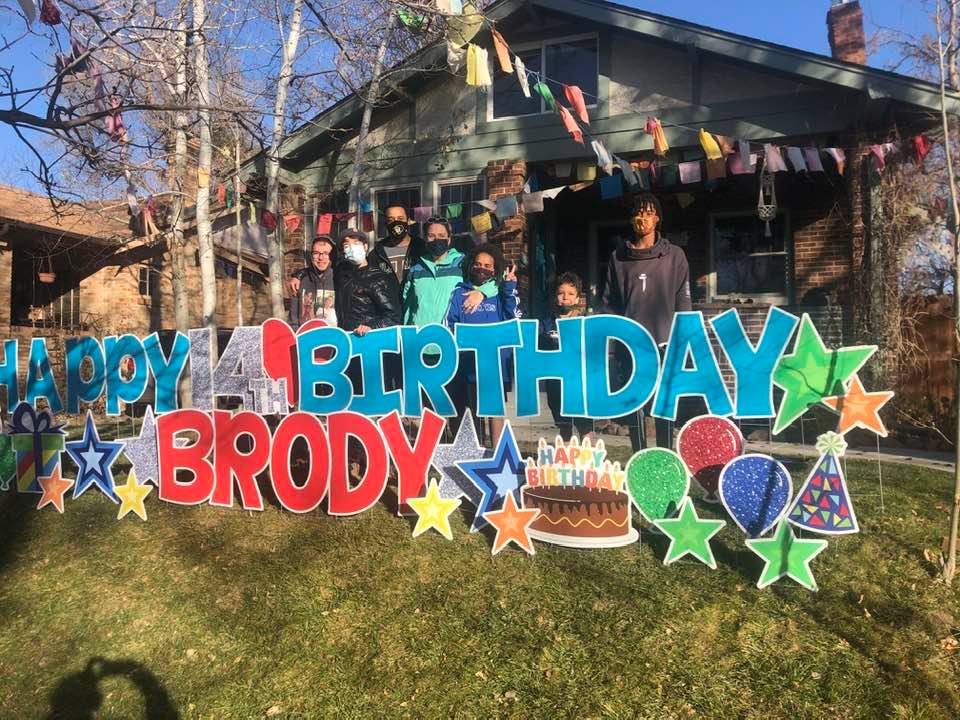
Reflecting on Brody’s Legacy
Brody Huber’s story is one of innocence, courage, and love in the face of unbearable odds. His brief life left a lasting impact on everyone who knew him and on thousands who have since learned about his journey. Through his mother’s determination to speak out, he continues to make a difference in the world.
In her latest interview, Tina shared that she often sees her son’s strength reflected in the people who reach out to her, saying his story has given them courage to seek help for their own children. For her, that is Brody’s greatest legacy, a legacy of hope and awareness. Although his life was cut short, his spirit continues to inspire others to pay attention, to act, and to love deeply.
In remembering Brody, we are reminded of how fragile and precious life can be. His story is not only a cautionary tale about the importance of recognizing early symptoms but also a testament to the enduring power of a mother’s love. Through shared stories and growing awareness, perhaps one day, no parent will have to endure the same heartbreak that Tina Huber faced.
Featured Image Credit: Courtesy of cottonbro studio | Pexels
Loading...

